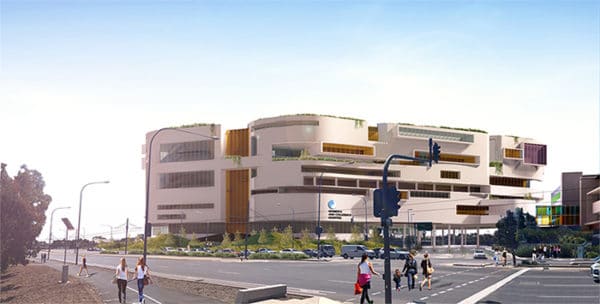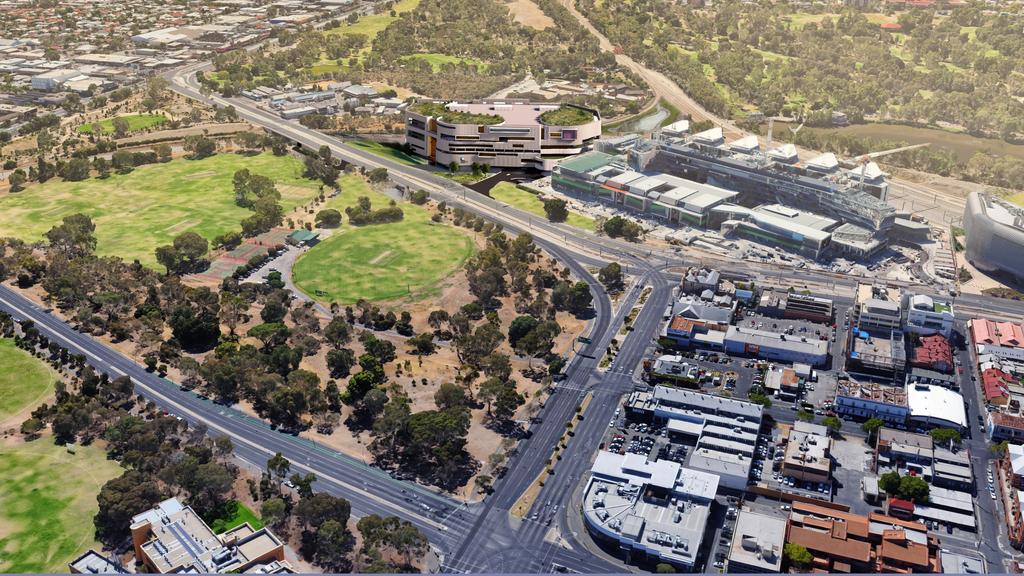The South Australian Government has confirmed the new Women’s and Children’s Hospital being built in Adelaide will be connected to an electricity source that is powered by the state’s increasingly renewables-dominated electricity grid or through on-site electricity generation and storage, rather than the state’s gas infrastructure.
Minister for Health and Wellbeing Stephen Wade said the new all-electric hospital, to be co-located with the Royal Adelaide Hospital in Adelaide’s inner south, will be the most sustainable major public hospital in Australia and would help deliver an emissions-free health sector for South Australia.
“We have a responsibility to reduce the carbon footprint of the healthcare sector,” he said.
“The new Women’s and Children’s Hospital (nWCH) will operate for decades to come and will have a higher energy demand, in line with modern, technically advanced facilities. It would be negligent if we didn’t consider the impact of that increased demand on the environment and future generations.”
The electrification of the hospital will eliminate fossil fuel use on site with electrical energy systems to power the building’s engineering services, including heating, hot water and kitchen functions.
The purpose-built facility will be the first hospital in Australia to be 100% electrified. An expansion of the current Canberra Hospital in the Australian Capital Territory will also be all-electric, but the existing part of the facility will remain with gas power in the energy source mix.

Image: SA Govt
It is estimated the electrification of the nWCH will help avoid an additional 2,178 tonnes of greenhouse emissions each year, the equivalent of taking approximately 700 vehicles off the road.
Energy Minister Dan van Holst Pellekaan said the project aligns with the South Australian Government’s commitment to a 100% renewable electricity grid by 2030, a target well within reach with renewables providing 60% of the state’s electricity supply in 2020.
“This will not only improve operating costs for the life of the hospital but will ensure South Australia will continue to lead the country in reducing our greenhouse gas emissions and carbon footprint,” he said.
“By investing in renewables, we are reducing South Australia’s emissions footprint, with well over half of the state’s electricity now being produced by wind and solar energy projects.
“The South Australian electricity grid is one of the cleanest in the country – using the highest amount of variable renewable energy from sun and wind of any state.”
Early works have already commenced on the nCWH which is currently scheduled for completion in 2025-26. The State Government has so far committed $685 million to the project with the final cost to be determined as part of the State Budget process.
This content is protected by copyright and may not be reused. If you want to cooperate with us and would like to reuse some of our content, please contact: editors@pv-magazine.com.









By submitting this form you agree to pv magazine using your data for the purposes of publishing your comment.
Your personal data will only be disclosed or otherwise transmitted to third parties for the purposes of spam filtering or if this is necessary for technical maintenance of the website. Any other transfer to third parties will not take place unless this is justified on the basis of applicable data protection regulations or if pv magazine is legally obliged to do so.
You may revoke this consent at any time with effect for the future, in which case your personal data will be deleted immediately. Otherwise, your data will be deleted if pv magazine has processed your request or the purpose of data storage is fulfilled.
Further information on data privacy can be found in our Data Protection Policy.